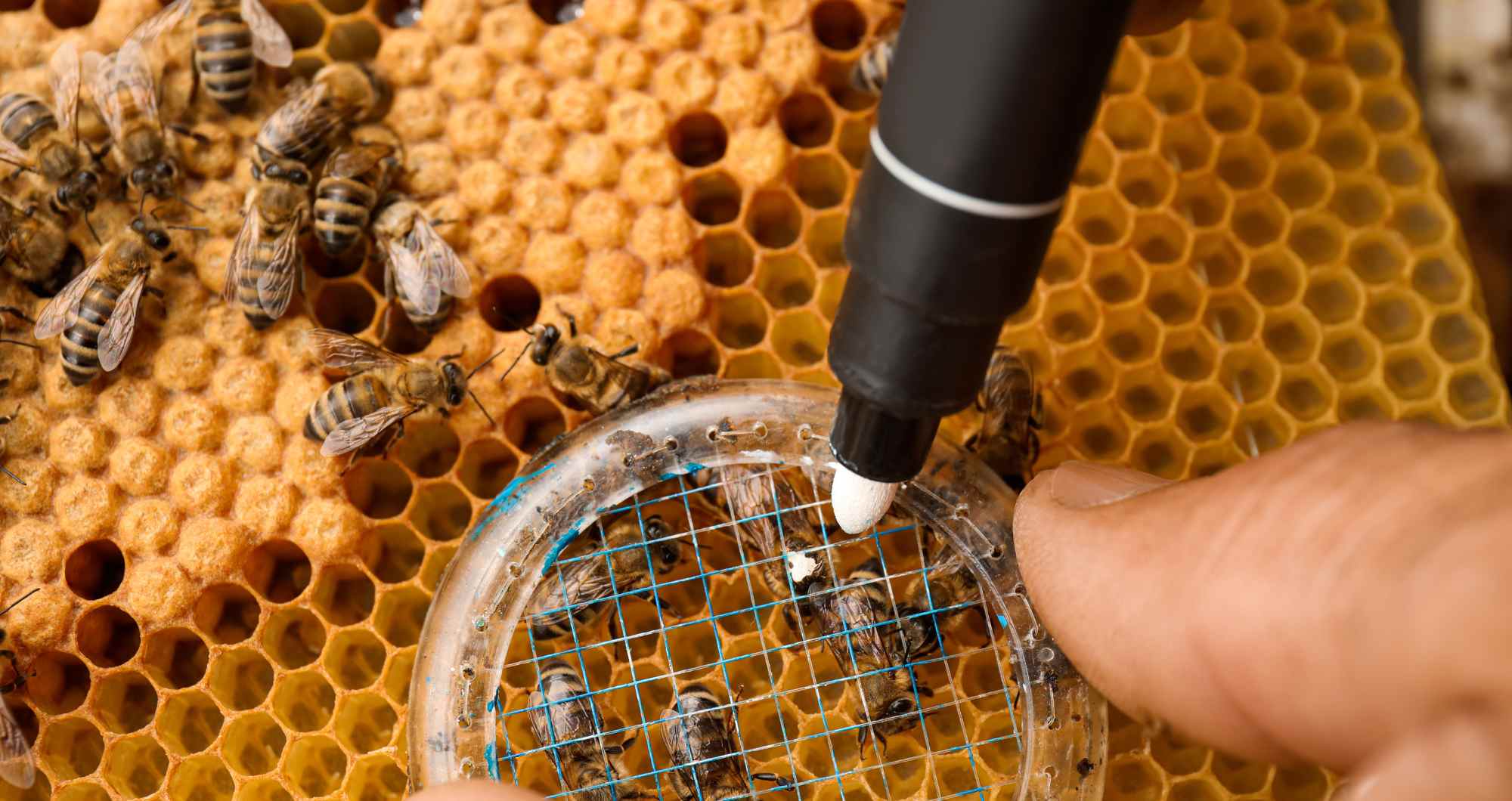Beekeeping is one of the most satisfying activities for people who love nature and want to contribute to the environment. A single hive can produce jars of golden honey, beeswax, and even help nearby plants thrive through pollination. But a healthy hive does not run on luck. Every successful beekeeper relies on two important factors: the right beekeeping supplies and a strong queen bee leading the colony.
Getting Equipped: The Core Beekeeping Supplies
Having the proper tools is the first step toward a smooth beekeeping experience. The right beekeeping supplies not only protect the beekeeper but also keep the bees safe and less stressed. Here are the main items every beekeeper should have:
Hive Boxes and Frames – These form the bees’ home and give them a structured space to build comb.
Protective Gear – A quality bee suit, veil, and gloves are essential to stay safe and confident during inspections.
Smoker – Produces cool smoke that calms bees and makes hive checks easier.
Hive Tool – A small but essential tool for lifting frames, scraping propolis, and separating boxes.
Feeders – Helpful during nectar shortages to keep bees well-fed.
Investing in durable, reliable equipment saves time and helps you work more efficiently throughout the season.
The Queen Bee – Center of Hive Life
At the heart of every colony is the queen bee. She is the only bee capable of laying fertilized eggs, which means she is responsible for the entire population of the hive. A healthy queen can lay more than a thousand eggs per day, especially during spring when colonies are expanding rapidly.
The queen also emits pheromones that act as a communication system for the hive. These chemical signals keep worker bees organized, encourage them to forage, and prevent them from raising additional queens unnecessarily. If the queen stops laying or her pheromone levels drop, the colony may become disorganized and attempt to replace her.
Signs of a Strong Queen
During inspections, beekeepers check for indicators that their queen is doing well. Look for:
Consistent Egg Laying – Eggs, larvae, and capped brood should appear in a solid, even pattern.
Population Growth – The number of bees should steadily rise during the active season.
Calm Hive Behavior – Colonies with a good queen are usually easier to work with.
If the queen is weak or missing, the colony may become aggressive or start building queen cells to raise a replacement.
Tools for Queen Management
Because the queen is so vital, there are specific beekeeping supplies designed to handle her carefully:
Queen Cages – Allow a new queen to be introduced safely into the colony.
Marking Pens – Make the queen easier to spot during inspections.
Queen Clips – Hold the queen securely while preventing injury.
These tools make queen management easier and help maintain a healthy hive population.
Why Good Gear Matters
Even with a productive queen, bees need a clean, well-maintained hive to thrive. Poor equipment can lead to pests, disease, and unnecessary stress. Using sturdy hive boxes, smooth frames, and dependable tools allows beekeepers to work efficiently and spend less time disturbing the bees.
Conclusion
Beekeeping is about creating balance—between humans, bees, and the environment. The right beekeeping supplies give beekeepers the ability to care for their hives safely and effectively, while a strong queen bee keeps the colony growing and productive.
Whether you’re a beginner starting your first hive or an experienced beekeeper managing several colonies, remember that good equipment and a healthy queen are the backbone of your success. With both in place, your bees will reward you with thriving hives, better pollination, and plenty of sweet honey to enjoy.

